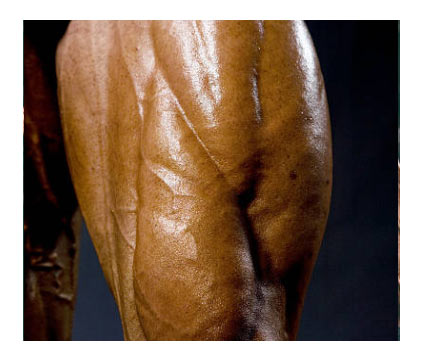M.I.G | There are literally hundreds of exercises to choose from when designing a strength and conditioning program for the lower body.

There are literally hundreds of exercises to choose from when designing a strength and conditioning program for the lower body. When it comes to hamstrings (and overall posterior chain) development, the three exercises below are hard to beat:
3. Single-Leg Romanian Deadlift
The Single-Leg Romanian Deadlift is a gem for developing unilateral glute, adductor, and hamstring strength. Hold the weight contra-laterally to the working, and it can also be done with a barbell in more advanced progressions. By slowly hinging at the hip to feel a long hamstring, the dumbbell or kettlebell should reach to the lower third of the tibia. Then, the glutes and hamstrings should quickly snap the athlete back into the starting position.
The SLRDL can be progressed by using a greater range of motion and performing the exercise from a box. This is more commonly known as deadlifting from a deficit. Extending the range of motion is of great value to athletic strength development. Single leg exercises also help to maintain and establish functional hip, and ankle mobility as well as knee stability.
2. Glute-Ham Raise
The GHR should be an absolute staple in all training programs targeting complete hamstrings development. An inverted hinge pattern that engages the calves, glutes, hamstrings, and the postural lumbar erectors is too good to pass up. If you’ve never done or seen one of these, it’s like a backward hamstring curl. The posterior chain is the number one source of athletic power by producing strong coordinated hip extension. Jumping, accelerating, and maintaining top speed – while the product of many things working together – are all hip extension based movements. Strong hip extension is executed via co-contraction of the glutes and hamstrings; therefore it should come as no surprise that an exercise with Glute-Ham in the name is the ideal tool for the job.
Since it could be argued that the GHR is a bodyweight exercise (we use ~60% BW to quantify intensity for the unloaded GHR,) there are modifications that can be made to progress the exercise if you have mastered it. Using a weight held to the chest, or a light band from the base of the machine as a form of accommodating resistance is a great place to start.
1. Conventional Deadlift
When it comes to separating man from boy, and boss from bro, nothing partitions athletes like the ability to pull big weight – fast. Although pulling from the floor is one of the most taxing things you can do to your nervous system, conventional deadlifting has a huge place in programming strength and power phases.
This is the Hip Hinge movement from the introduction, and as such helps develop the all-important hip extension, as well as strong local stabilization of the TVA and lumbar erectors. Plus – it gives you monster upper back and traps development!
The psychological benefits of deadlifting cannot be overstated. Athletes understand that once you reach a certain point in development, gains don’t come too easily, and small victories along the way are always motivating. There’s nothing like that about-to-black-out feeling you get after pulling a 3-rep max off the platform. Although I agree that heavy pulling should be in relatively low volume in your programming it’s a huge bang for buck exercise. Pure strength development from deadlifting and squatting sets a good foundation for more muscle growth during a hypertrophy phase.
You may also consider doing elevated deadlifts to extend the range of motion. Remember to finish the top half of the range with strong hamstring and glute contraction. This is the bread and butter of this movement.
Team Mammoth

